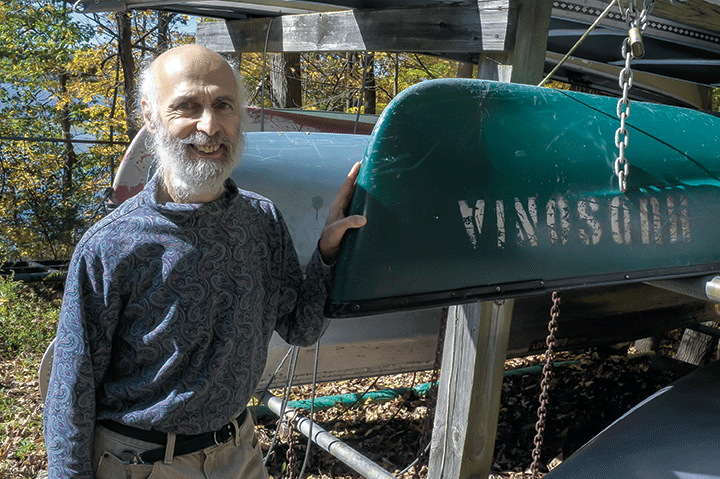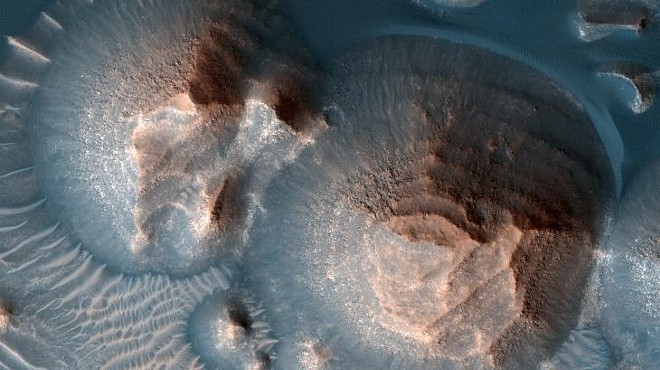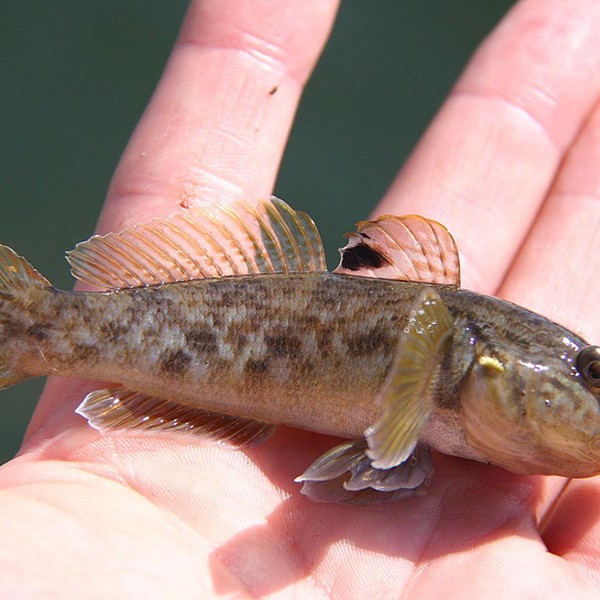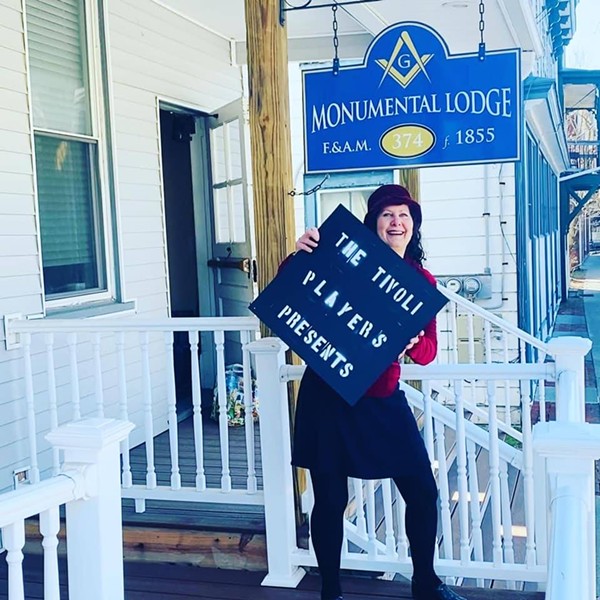Local Luminary: Erik Kiviat
[]
"Don’t use a GPS to get here!” warns an e-mail from Erik Kiviat, executive director of Hudsonia. The nonprofit environmental research and education institute is housed at the Bard College Ecology Field Station, at the foot of a steep unpaved road that follows the tumbling Sawkill Creek from the campus to Tivoli Bays. The small building is a stone’s throw from the water’s edge, next to a rack with a dozen weathered canoes. Its offices double as library stacks for such subjects as Ornithology and Herpetology; metal filing cabinets house the skulls, pelts, and archived dried plants of Hudsonia’s regional herbarium. There’s even a limp stuffed raven.
Kiviat, a compact, wiry man with gray hair pulled back in a rubber band, unlocks the door to the field station’s deck, where he takes a seat with his back to the sun. “I’m outdoors a lot,” he explains. This is a bit of an understatement. During the next three workdays, he’ll be studying bog turtles in Amenia, doing wetlands research in the New Jersey Meadowlands, and visiting Newtown Creek, a pollution-choked estuary between Brooklyn and Queens that’s been designated an EPA Superfund site. Last week, he attended the Fourth International EcoSummit conference in Columbus, Ohio, as one of 1,700 delegates from 76 countries. There was, he reports, “a lot of discussion of social-ecological systems—the interactions between people and the rest of nature.”
Dr. Kiviat and his colleagues have monitored such interactions for more than three decades, as witnessed by such News From Hudsonia headlines as “Non-Target Impacts of Herbicides”; “Quantifying the Ecological Effects of Hudson Valley Sprawl”; and “Fracking and Biodiversity: Unaddressed Issues in the New York Debate.” As a nonadvocacy public interest organization, Hudsonia’s website declares, “We specialize in acquiring and interpreting accurate, up-to-date, site specific information, and we provide the science that other organizations and individuals need for decision making.”
Hudsonia’s Biodiversity Resources Center offers training to nonbiologists who make land use decisions, including town planning boards, land trust staff, and conservation commissions. It’s also created detailed habitat maps and biodiversity reports covering over 400 square miles of Hudson Valley towns and watersheds. In other words, Erik Kiviat is the go-to guy if you want to learn—down to the last wood thrush, Blanding’s turtle, or spicebush swallowtail—what’s in our collective backyard.
How long have you lived in the Hudson Valley?
I was born in New York City. When I was one, my parents bought an old farm in Dutchess County and turned it into a children's nature camp called Jug Hill.
You co-founded Hudsonia in 1981 with fellow biologists Bob Schmidt and Jim Stapleton. What was the impetus?
We were all ecologists who were involved in other kinds of institutions—nonprofits, consulting firms, or working as independent consultants. We wanted to create an organization that didn’t have the politics and sorts of constraints that government agencies, universities, and consulting firms have, in subtle and not-so-subtle ways. Originally, we wanted to work on renewable energy and alternative technologies. We did an early project on apple pomace—the solids left over from cider production. Southeast Ulster County has three big cider mills generating as much as 25 tons of pomace a day. Landfills didn’t want it. They didn’t know what to do with it. We did three years of interdisciplinary research, also involving an economist and a composting expert.
What was the takeaway?
Pomace is a good feedstock for the anaerobic digestion processes that generate methane, which can be used as a biogas—remember the “chickenshit cars” in the ‘80s that ran on animal manure? It’s also compostable, and can be dried and burned for fuel. But it’s not cost-effective to move it far from the source; if you have to transport it long distances, it can use more energy than it creates. We did three separate pomace projects. There was a lot of interest from other apple-producing regions in Washington State, Hungary, South Africa, and Japan.
What are some of Hudsonia’s other energy-related projects?
We’ve spent years working with the plant phragmites [the common reed, an invasive species]. It has a lot of bioenergy potential. We’ve worked with Bard students and an entrepreneur in Montreal, trying to do everything we could with phragmites, including fuel pellets for pellet stoves. Switchgrass is being cultivated for pellet use. You don’t have to cultivate phragmites—it’s out there, and people want less of it.
How about hydrofracking?
Hudsonia has submitted two papers on fracking and biodiversity to scientific journals, and submitted our 2011 newsletter article to the DEC as part of the gathering of public comments. It’s a very, very big environmental issue, and it’s having an impact on plants and animals that isn’t being studied. Most of the concern, and it’s very legitimate, is about impacts on human health. We're putting together a grant proposal to do research at fracking sites in northeast Pennsylvania. Scientific research, not based on how you feel, or showing the scariest faucet with the most methane, or what gas drillers think or antifrackers think. Let’s find out what the facts are. Let’s look at streams that have fracking systems and streams that don’t. Let’s take data 25 meters from the well pad and 100 meters away. Pennsylvania’s development has been completely unplanned in terms of biodiversity. There’s been no study of impacts.
Tell me about your townwide mapping projects.
We just presented our habitat map to the Woodstock town board. We’ve mapped more than half of Dutchess County, parts of Marbletown, and some areas in Orange County, including a corridor along the Woodbury Creek that runs through the Woodbury outlets.
How do you gather the data?
It’s a 15-month project using existing data and aerial photography including stereoscopic photography—like a glorified 3D movie viewer—to interpret different habitats using GIS [geographic information systems] software. With landowner permission, we field-check half or more of the area, looking for animals, plants, birds—anything rare or of concern. We prepare the map and a detailed report, and make conservation recommendations.
How is Hudsonia funded?
Our funding is 25 percent individual donations, [and] 20 or more percent from or through the DEC, mostly for educational projects. The rest comes from foundations and municipal agencies, other nonprofits, and businesses. To some extent we have to go where the funding is, so we’ve cultivated a diversity of talent and experience here. Maybe next year somebody will want us to do a mammal project.

















